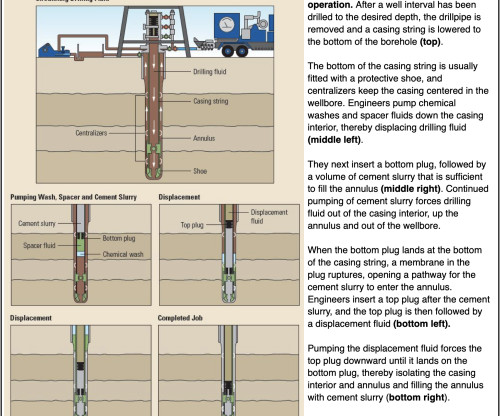Twelve and LanzaTech successfully convert CO2 to ethanol
Green Car Congress
MARCH 4, 2022
It’s also often produced using corn and other crop feedstocks, but this approach is dependent on crops that otherwise could be used to grow food or waste feedstocks. Our process aims to rebalance the overabundance of carbon in our environment and instead reuse it for meaningful applications. —LanzaTech CEO Dr. Jennifer Holmgren.







































Let's personalize your content